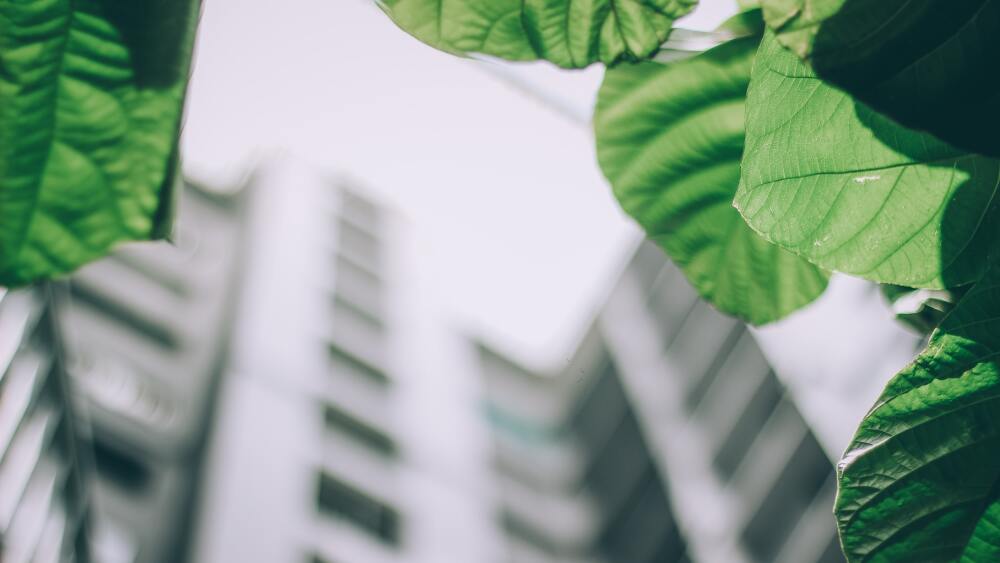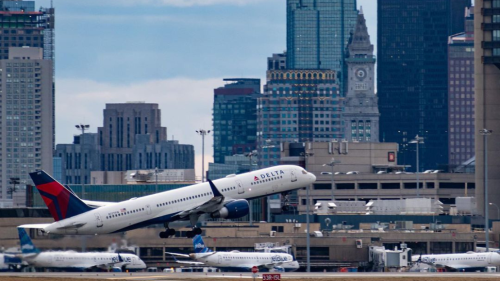Have you seen a local building described as “LEED-certified” and wondered what that means? We won’t leed you on — here’s everything you need to know.
What is LEED?
LEED — which stands for “Leadership in Energy and Environmental Design” — is an international green building system developed by the US Green Building Council (UGBC). The certification encourages more efficient buildings and communities through all phases of development, from new builds to maintenance.
Intrigued? Learn more about UGBC’s mission.
What are the levels?
A project earns its LEED certification through points. Points are awarded through 20+ categories which address carbon, energy, water, waste, transportation, materials, health, and indoor environmental quality.
The more points a project earns, the higher its certification level. The four levels are:
Looking for local LEED-certified projects? Search the database to find certified projects, organizations, communities, and people.










